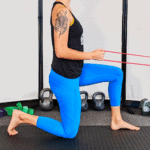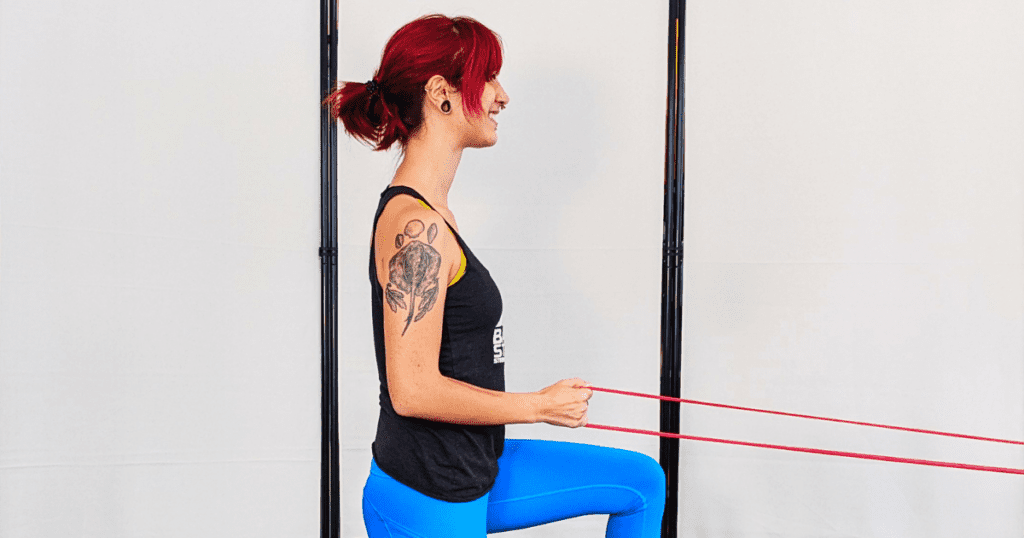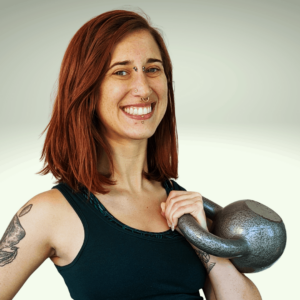Work out like a Boss with Long Resistance Bands Exercises
If you’ve never tried them before, now is the time to start working out with resistance bands! In addition to being budget friendly and portable, long resistance bands are among the most versatile pieces of workout equipment you could use
When you exercise with bands, you get all the benefits of beginner-friendly strength training without having to use other pieces of equipment like dumbbells and kettlebells. If you don’t believe they can be as effective, this 2019 study demonstrated that you can get strength gains similar to other fitness equipment. Resistance bands can be easily stored in a bag, making them easy to use for workouts while traveling. If you plan to use them in a home gym, they take up significantly less room than other pieces of equipment and are ideal for small spaces.
Types of Resistance Bands
To clarify, there are a few different items that could be called resistance bands:
- This article is about long loop bands that are also called pull up bands, workout bands, long loop resistance bands and come in packs with multiple thicknesses.
- This article isn’t about:
-
- Bands with handles that can be used similarly to the ones above. Those can be great tools but are less versatile because of the handle on each end.
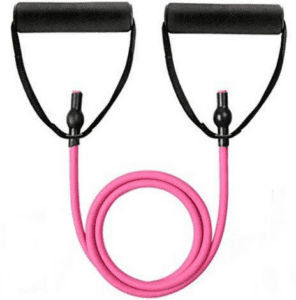
-
- Small loops meant to go around legs. These bands are handy to have around, but are a different type of resistance band.

-
- Thin latex bands that can be cut to any length and tied. These are useful for many movements but aren’t as durable under a lot of resistance.
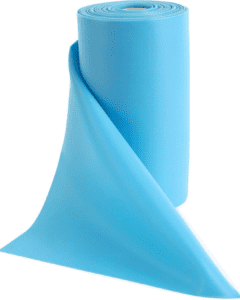
What size resistance loops do I need?
Depending on which brand you buy, a pack has four to six bands, each with a different thickness, or resistance. The thicker the band, the more resistance (or assistance) it will give you for a movement. With multiple band weight options, you can replicate almost any exercise you could do with free weights and some machines. Because of their elasticity, they also increase the need for your muscles to stabilize, giving even more of a workout and benefiting your joints.
Bands generally resist and make a movement more challenging, or assist and help you with a movement. While resisted movements will be far more common in your training, the assistance capability of bands is part of what makes them so unique and versatile! The most common movements to take advantage of band assistance are pull ups, chin ups, and dips. Loop the band around your body and let it give you a boost.
How to use resistance band loops
When using bands for resistance, try these different ways of holding them:
- Hold it in your hands
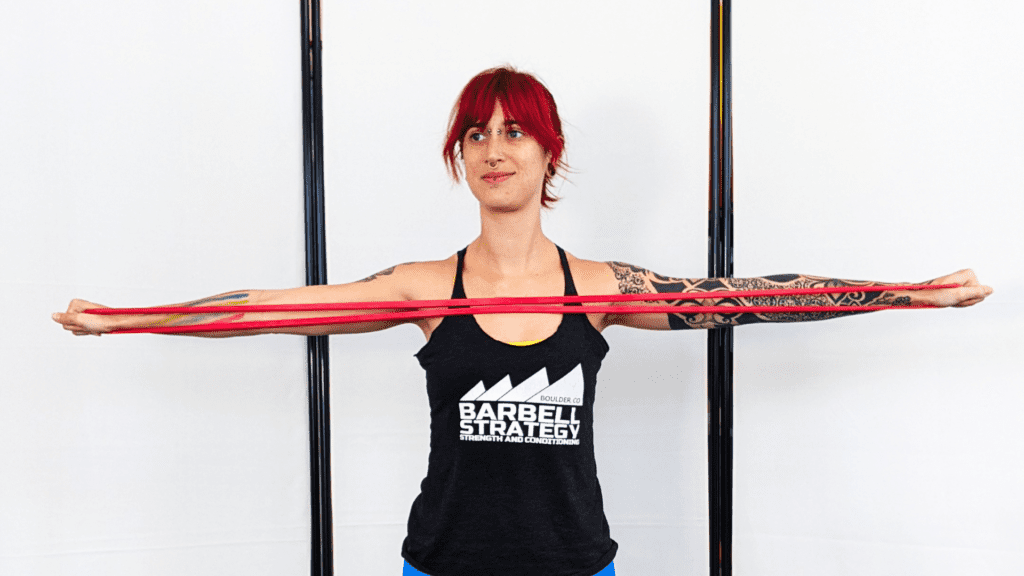
-
- Anchor it under your feet to make a large loop or have handles on the side

-
- Wrap it around your body
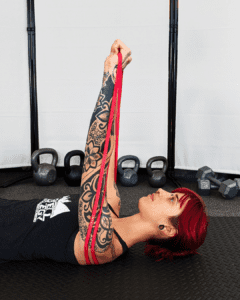
-
- Anchor it by a wall hook or pull up bar
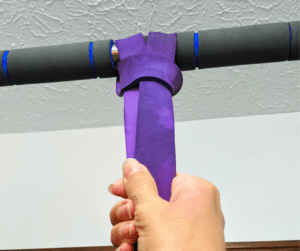
-
- Loop around a pole or leg of something heavy

How do resistance bands work?
An easy and non-permanent way to anchor a resistance band is with a removable doorway pull up bar. In its regular position, you can loop a band around it and pull and push against it in almost every direction. If you position the pull up bar at the bottom of the doorway, you can loop the anchored band around your ankles or do band-resisted exercises while kneeling.
If you already have weights like dumbbells or kettlebells, you can use them as an anchor for a band or loop a band around the kettlebell or dumbbell handle to create even more resistance during an exercise.
Resistance bands for stretching
Resistance bands can also come in handy when it’s time to cool down after your workout. Bands can help you get a deeper stretch, especially if you’re not a flexible person. In any instance where you can’t reach, use a band to extend your arms and tighten until you feel the stretch you want, such as around your feet when trying to stretch your hamstrings or behind your back when trying to stretch your quads.
Irresistible loop resistance band exercises!
Try these resistance band exercise suggestions in your workouts:
- Deadlift
- Squat
- Bent Over Row
- Lateral Raise
- Pull Apart
- Reverse Fly
- Lat Pulldown
- Chest Press
- Overhead Press
- Chop
- Pallof Press
- Bicep Curl
- Tricep Extension
This list just scratches the surface! Put these exercises and more together for a full resistance band workout program. You can find many lists and examples of more exercises and other creative ways to use your bands online. Every day more people are discovering the benefits of exercising with bands!
Before you go, check out these resistance band tips to stay safe
Resistance Band Tips
- Store them in a place that doesn’t get too cold and is out of the sun. Prolonged sun and/ or cold exposure can make them wear out quickly
- Check your bands occasionally for tears and replace them when necessary. If there is a tear, don’t keep using the band because it could snap on you!
- Make sure whatever you’re anchoring the band to is secure. Give it a little tug to make sure it’s secure before giving it your full weight or putting more resistance on it.
- When anchoring under your feet, shoes are preferred for maximum stability and comfort. You might also find that fitness gloves are helpful if holding the bands irritates your hands.
Subscribe to get access to resources, event details, coaching, and be the first to receive the latest recipes, interviews, and more.
Sarah Siertle, a strength and movement coach, specializes in introducing people to strength training and works to make the fitness world a more inclusive place. She has been a movement instructor since 2012 and also teaches swing dance around the US. Find other articles written by Sarah on her coach profile. Let Sarah help you get STRONG so you can take advantage of life’s adventures!

